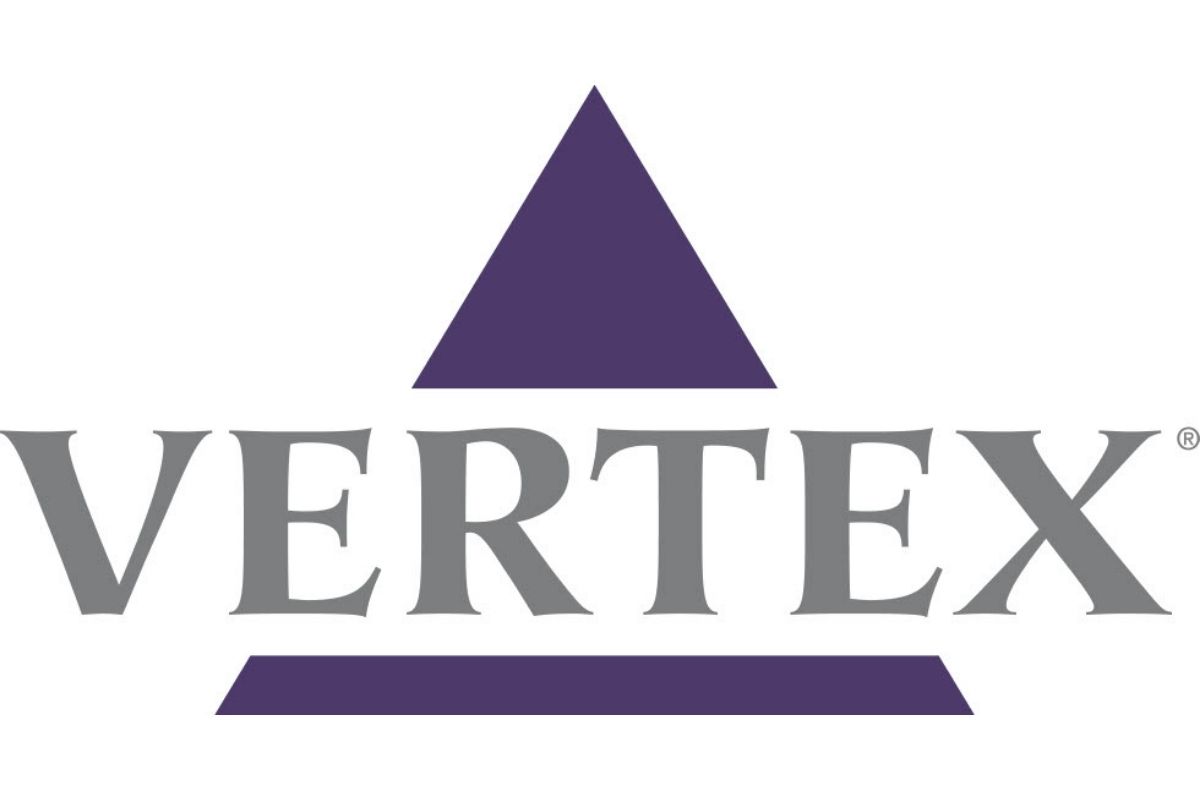
In February, Vertex announced they were beginning a clinical trial for VX-880, their stem cell-derived therapy for use in people with type 1 diabetes (T1D). Today, they announced that the first person to receive this therapy now needs 91% less insulin 90 days after receiving an infusion of these fully differentiated cells at just half the target dose. It’s a big deal.
Curing T1D in the 1.6 million Americans living with it and millions more around the world requires a renewable source of beta cells that can be produced in laboratory—and they must work. Once placed into the body, they need to be up to the task of restoring insulin production in people and automatically regulating blood-glucose levels. Although Vertex only shared the data for one individual, their data shows that VX-880 checks this box.
Data
There are few things to keep in mind while assessing the data. One is that these are only results from a single person. Data is needed from many more to fully evaluate the potential of this therapy. The second is that this person only received half the target dose of cells.
The efficacy of this therapy is evaluated using a few key metrics. One way is by measuring C-peptide levels—a marker that directly indicates endogenous beta cell function. The patient in this study had no detectable C-peptide at all pre-infusion. After infusion of the cells, the patient had both fasting and stimulated C-peptide, which directly indicates the presence of basal and glucose-responsive insulin secretion.
The patient also saw a significant reduction in HbA1c, improving from 8.6% to 7.2% without severe hypoglycemic events. As a reminder, this therapy is only being tested in people with severe hypoglycemia. This lower HbA1c was achieved with a 91% daily reduction in insulin administration.
Another key metric to look at is safety. These therapies are of no use if they are not safe. During the first 90 days, this patient did not experience any severe adverse events considered related to VX-880. Individuals in this clinical trial are on a standard regime of immunosuppressive therapies, which do come with side effects.
JDRF’s Role
Today’s exciting news can be traced back to 2000, when Breakthrough T1D gave Douglas Melton, Ph.D., a grant to make insulin-producing beta cells from stem cells—which he did in 2014. Since that breakthrough:
- He founded Semma Therapeutics in 2015 to develop these cells into curative therapies for T1D.
- The Breakthrough T1D T1D Fund made a catalytic investment in Semma in 2017.
- Vertex acquired Semma for almost $1 billion in 2019.
- VX-880 received fast-track designation from FDA in March, 2021.
It’s a busy and exciting time for the development of these therapies—and Breakthrough T1D continues to support the field and a variety of tactics to get these cells safely and effectively into people with T1D.
What Comes Next?
This clinical trial is in an extremely limited patient population—people with severe hypoglycemia. The cells in VX-880 do not have any sort of protection from the immune system, which is why immunosuppressive drugs are required. For this therapy to be applicable for the entire T1D population, the cells need to both work and they need to function without or with minimal immunosuppressive therapies.
That’s why it’s also exciting to hear that Vertex plans to file an Investigational New Drug application with the FDA in 2022 for their encapsulated islet cell program, which could eliminate the need for immunosuppressives.
In the meantime, Vertex will continue their clinical trial in T1D’s with severe hypoglycemia . They are currently enrolling in several sites in the United States. Learn more here.